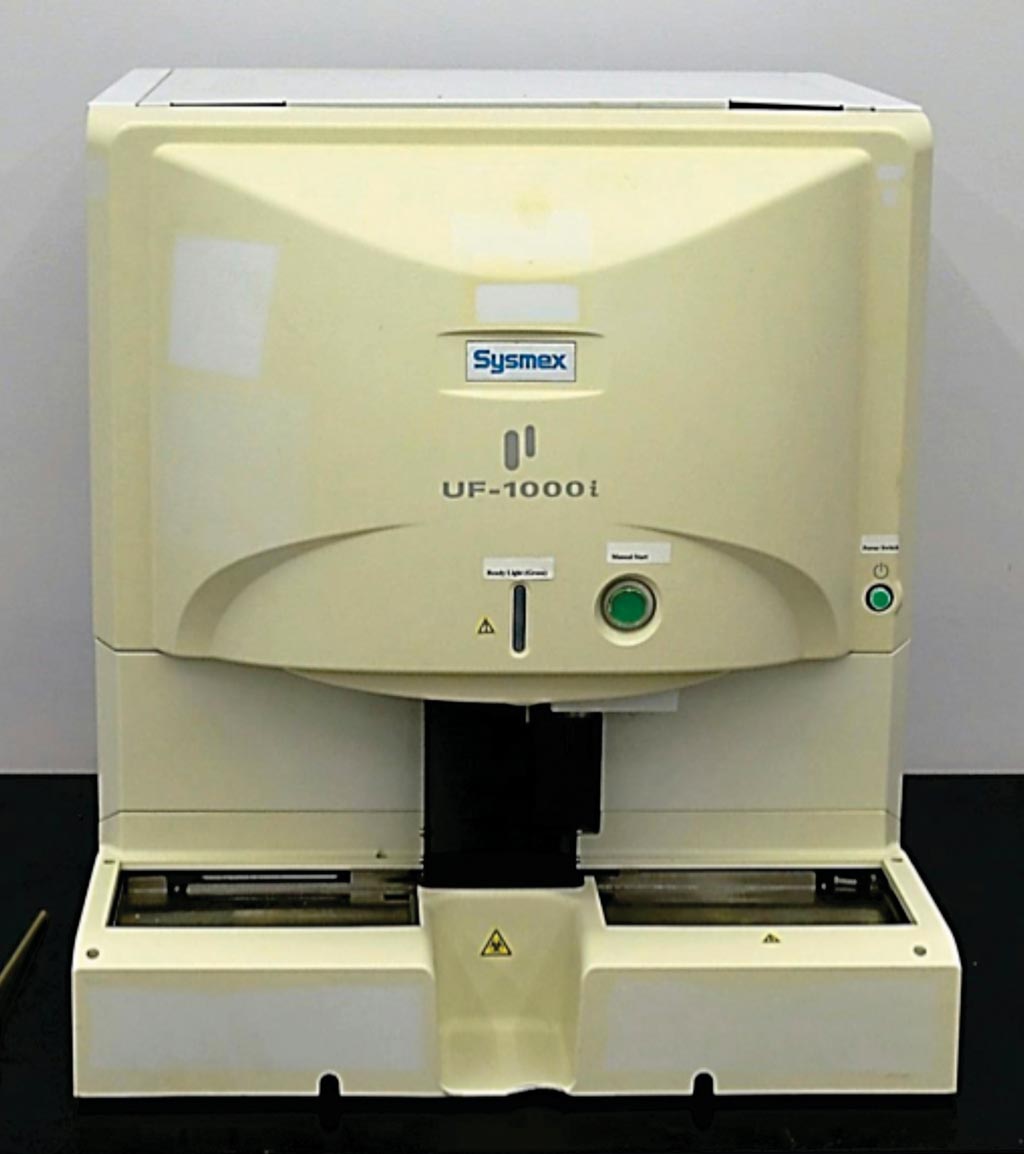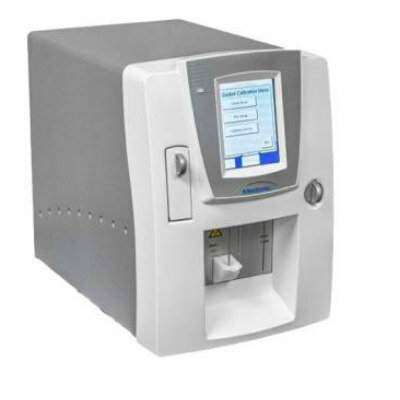Urine Particle Analyzer Compared with Standard Methods
By LabMedica International staff writers
Posted on 20 Nov 2017
Urinary tract infections (UTIs) are characterized by the presence of microbial pathogens within the urinary tract, and they represent one of the most common infections identified in both hospitalized and clinic patients. Most UTIs are easily treated without difficulty.Posted on 20 Nov 2017
In certain patient populations, such as children, pregnant women, and the elderly, significant complications may arise. The symptoms observed with UTIs are diverse and can range from mild irritation with voiding to bacteremia or even sepsis. When sepsis is present, it can lead to death if it is not diagnosed and treated early.

Image: The UF-1000i automated urine particle analyzer (Photo courtesy of Sysmex).
Medical scientists working at Prescient Medicine (Hummelstown, PA, USA) and their colleagues compared data from urine samples collected in sterile containers for bacterial culture and microscopic analysis during a 3-month period in a laboratory at a 572-bed, acute-care hospital. Upon receipt, one sample was used to inoculate a 5% sheep blood agar and a MacConkey agar plate with a 0.001-mL calibrated loop.
The second sample was analyzed for bacteria and leukocytes with the Sysmex UF-1000i urine analyzer (Sysmex Corporation, Kobe, Japan) which is a fully automated, fluorescent flow cytometer that categorizes red blood cells, white blood cells, epithelial cells, small round cells, sperm cells, crystals, and pathologic and hyaline casts, yeast, and bacteria. The second sample was also analyzed by urinalysis-associated microscopy for the presence of epithelial cells, leukocytes, yeast, and bacteria.
Urine cultures showed no growth in 2,034 samples (50%) and growth of less than 104 colony-forming units (CFUs)/mL in 1,812 samples (45%). Of the 4.033 results, 754 samples (19%) showed bacterial growth of 105 CFUs/mL or more, and 190 samples (5%) were considered contaminated specimens because they contained multiple species. However, if the growth of bacteria exceeded the definition of a negative result, they were considered to be positive, even though the likelihood of a UTI was low in those patients. Of the culture-positive samples, the most commonly identified microorganisms were Escherichia coli and Klebsiella spp, which is consistent with known epidemiologic data.
Of the 4,033 unique urine samples obtained from adult patients, 2,736 (67.8%) specimens had positive white blood cell counts and bacteria and 1,215 (30.1%) specimens had negative white blood cell counts and bacteria as reported by the UF-1000i. The negative predictive value for any positive culture in the adult population included in the study was 95.5%, and the negative predictive value for positive cultures containing growth of 100,000 or more CFUs was 99.3% using the Sysmex UF-1000i. There were 373 unique urine specimens collected in pediatric patients and using the UF-1000i method, 269 specimens (72%) had positive white blood cell counts and bacteria, and 104 (27.9%) tested negative for an elevation in white blood cell counts and bacteria.
The authors concluded that the Sysmex UF-1000i showed 98% sensitivity and 93.7% specificity with a 95.5% negative predictive value. Thus, a negative screen with the UF-1000i using defined thresholds for white blood cell counts and bacteria was likely to be a true negative, decreasing the need for presumptive antibiotics. The study was published in the November 2017 issue of the journal Archives of Pathology & Laboratory Medicine.












